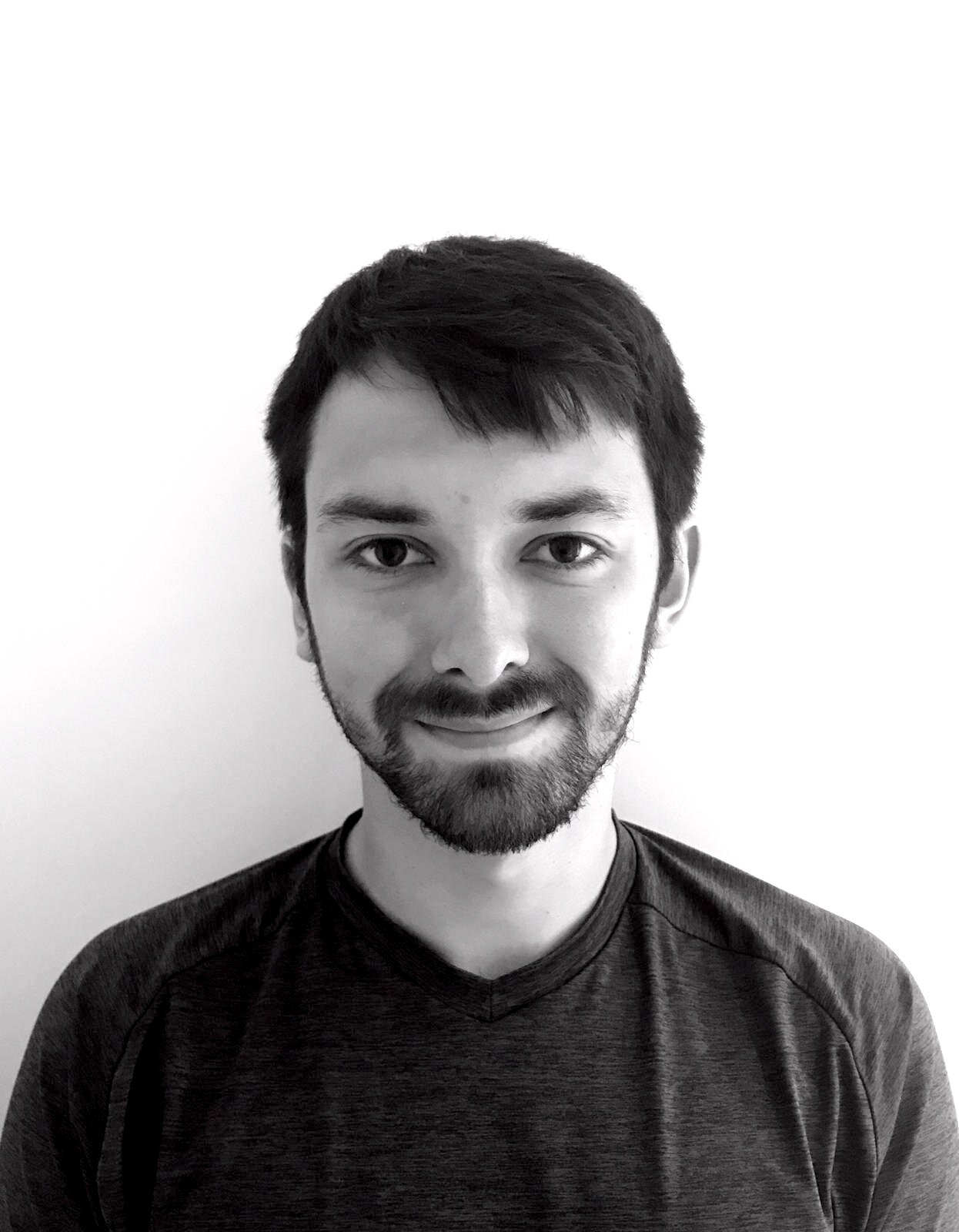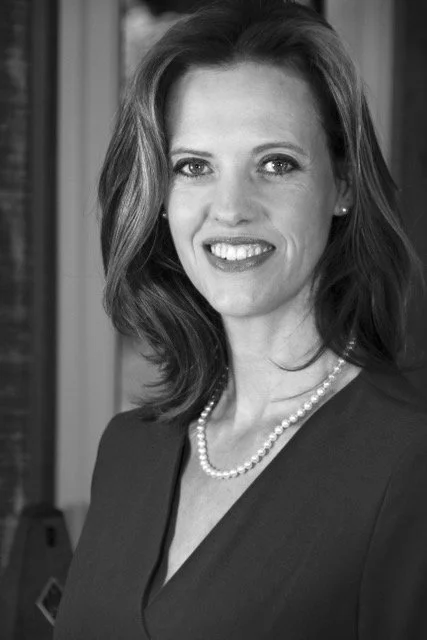Why mustn't we lose the movement patterns we were born with?
Foundational Movement Patterns and why we mustn’t lose them
The movements of our bodies can be broken down into one or more of the following categories:
Locomotion
Hinging
Squatting
Pushing
Pulling
Rotation
Counter rotation
If any one of these categories decline, our bodies can no longer create the same movements as before.
For example walking is not just locomotion, but also spinal rotation which allows for the hips and ribs to turn. The hips turn one way, the ribs the other - so both rotation and counter rotation are needed.
In order to sit down without assistance, you will need a hinge in your hips, knees and ankles, and have the strength to squat down, and up, from your seated position.
Pushing and pulling involves arm and shoulder movement. Wrists, hands and fingers are also involved, which you will notice if you want to push shut a heavy drawer, or lift and pull up bags of compost for the garden.
Losing one of these components suddenly turns a whole movement that used to be so easy and smooth into something that feels more awkward. When a movement no longer feels natural, it is more likely to result in injury.
If you are doing Pilates, you are helping yourself keep these movement categories flowing as best they can.
We do hip hinges in standing, as well as in hands and knees. You can practise whilst lying on your back too, to get the movement without the body weight load, in Single Leg Stretches. We include actual squats in most lessons and classes - with or without additional weights for extra challenge - as they are so crucial to our day-to-day movement.
We work with spinal stability as well as spinal movement. Spinal rotation is part of our many Pilates exercises, such as Hip Rolls, Bow and Arrow, and Arm Openings just to name a few. One part of the body moves, whilst we use the core to keep the other part of the body still, thus creating both rotation and counter rotation in the same movement.
As always, keep moving to feel better!




































